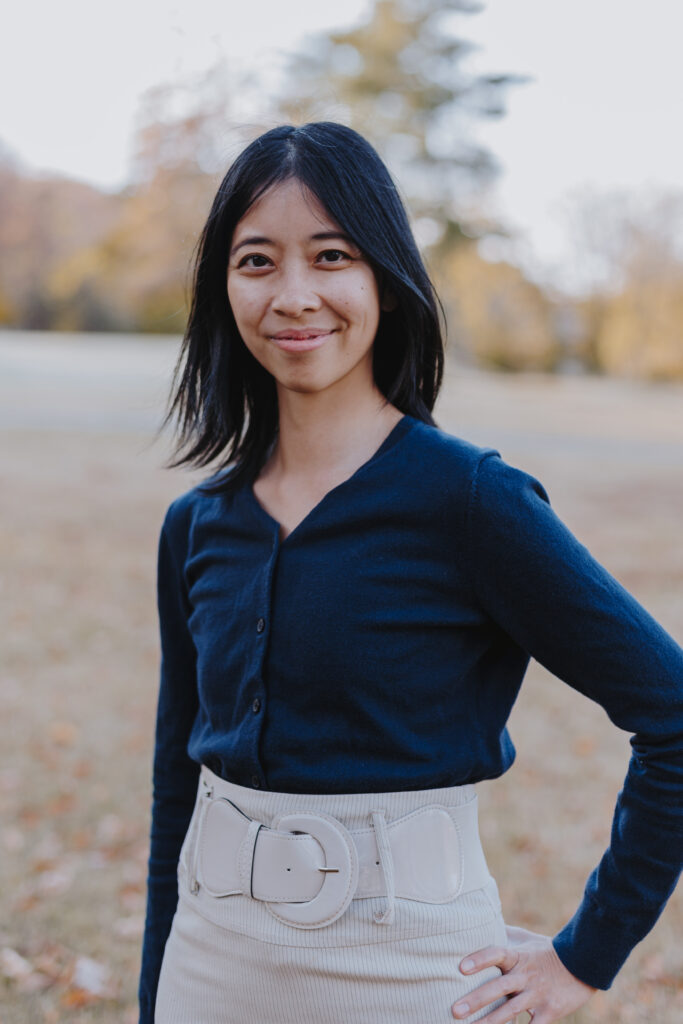Today in honor of Women’s Entrepreneur Day last weekend, I will share the story that many patients have asked me to share on how I became a neurorehabilitation provider. I tell them I have taken the road less traveled by and worked in many different settings that each provided me with unique insight.
Research History
Research has been an active part of my life from undergraduate and all through optometry school. I started in wet lab molecular biology bench research then eventually transitioned to clinical research. It gave me the opportunity for to explore new ideas, formulate good questions, and develop critical thinking. It was a vehicle to let me to travel to conference and connect with great inquisitive minds in the field. Now as a clinician, I continue to bring posters and write papers to contribute to my field. You can see links to some of my research here.
Residency.
Residency is optional for optometrists but can open doors to opportunities after graduation. I completed my residency in community health with a medically underserved population. It was one of the largest teaching sites for the local optometry school so I spent much of my clinic time teaching 2nd, 3rd, and 4th years optometry students. Most of my patients at the time also spoke Spanish so I quickly had to learn enough words to get through a basic eye exam (our community health center only had 2 translators on site!). Every week I was faced with caring for patients with moderate to severe ocular diseases. Due to many frequent referrals and co-managing cases, I was subsequently hired by a referring local retina specialist to work in his private practice.
Clinical Practice Myriad.
Throughout the years, I have worked in many settings including a mobile school clinic, commercial practice, and private practice. Each type of practice modality has a different mold the clinician must fill. As a student I also traveled to Honduras on a missionary trip to provide eyecare with SVOSH (Student Volunteer Optometric Services to Humanity). I remembered being in awe as our bus pulled to the site at 7am the first day and seeing hundreds of people in line (some that had walked for days to get to this remote clinic). Ironically, having access to quality eyecare is a privilege most people take for granted here.
Developing Specialty.
I was inspired to enter rehabilitation in 2015 ever since the day I witnessed how a pair of prism glasses could shift and restore the balance of a patient following a brain injury. At the time I did not understand how lenses could cause such drastic immediate changes to posture. Ironically vision therapy was one of my stronger subjects in optometry school but I always thought of it as a field for dealing with mostly children. Over the next few years, I worked hard at taking over 100 hours of specialty courses and writing essays to achieve my board certification COVD fellowship in 2019.
Neurorehabilitation is Fulfilling
Being a neurorehabilitation provider has created more fulfillment in my professional and personal life than I could ever have imagined. Doing specialty has attracted a diversity of patients from all walks of life: from infants to those over a century old, from students to professional athletes to business CEOs, from local patients to those who drive from adjacent states or flown in from Europe to get here. Neurorehabilitation truly helps patients See More, Live More and Be More. I am forever humbled and grateful to all these patients that entrust us with their vision care. Happy Thanksgiving everyone! ~ Dr. Ho

